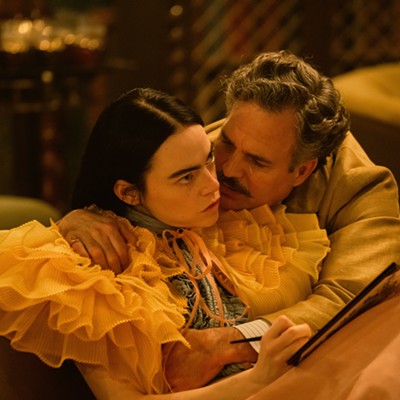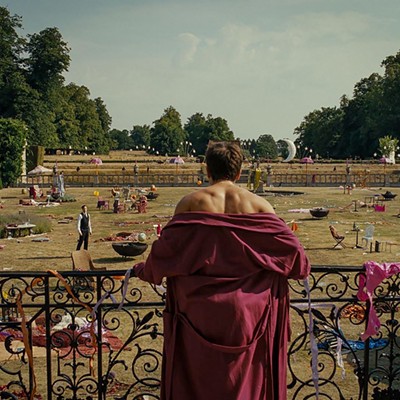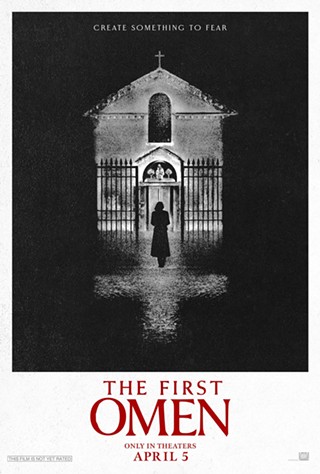Orson Welles may top the list of cinema’s most tragic figures. One of the medium’s most talented performers—it would be hard to name a director as good at writing and acting, or a great actor who is also among our most influential directors—Welles’ legacy is equal parts “Citizen Kane” and Paul Masson wine, “Touch of Evil” and a junkyard of movies he never had the money or interest to finish.
This month, The Loft is celebrating the centennial of Orson Welles (born May 6, 1915) by presenting “Kane” and “Touch of Evil” and two of his most maligned works, “The Lady from Shanghai” and “The Magnificent Ambersons.” “Kane” needs no introduction; for five decades, it was named the greatest film bar none by “Sight & Sound,” which polled critics and filmmakers worldwide. Welles made his debut film when he was 25, only 30 months after creating a panic with his “The War of the Worlds” radio broadcast.
Welles spent his early 20s redefining radio dramas by integrating a first-person narrator into stories and using overlapping dialogue and other sound techniques we take for granted today. And when he was only 20, he conquered the New York stage, adapting and directing an all-black Shakespearean production, known and still performed today as “Voodoo Macbeth.”
This is why Welles is such a tragic figure: With nobody to blame but himself, and an appetite that consumed him physically and financially, he never called the shots after “Citizen Kane.” What it must have been like to have irrefutably changed three mediums by the time you were 25 only to spend the next 45 years sifting through giant pieces of bad luck and rotten timing searching for the promise of your youth.
“The Lady from Shanghai”
Thursday, May 7
It’s probably best-known for Rita Hayworth’s hair. The enchantress of the 1940s (and Welles’ estranged wife at the time) was famous for her auburn locks, but Welles turned her into a platinum blonde for his 1947 film noir. There was talk that the blonde ‘do was a thumb in the eye of Columbia studio boss Harry Cohn—Orson never played nice with his expensive toys. There’s a great funhouse sequence here (which may have influenced “Enter the Dragon,” of all things) and a cool monologue about a shark (which definitely influenced Robert Shaw’s USS Indianapolis speech in “Jaws”), but as stylish as it is, “Shanghai” would be forgotten were it not an Orson Welles film.
“The Magnificent Ambersons”
Thursday, March 14
Welles’ original ending to this was destroyed, so we’ll never see the movie he made. The follow-up to “Citizen Kane,” “The Magnificent Ambersons” was drastically re-cut and re-shot by the studio. The adaptation of the Booth Tarkington novel about old traditions giving way to modernity was nevertheless nominated for four Oscars, including Best Picture, but it was the beginning of a very long end for the director.
“Touch of Evil”
Thursday, May 21
Welles’ last picture for an American studio is one of the best examples of film noir, christened by one of the most imitated scenes in movie history. His three-minute tracking shot over the Mexican border into California was not only jaw-dropping, it crisply dispensed with pages of a script to ratchet his seamy story into action. When Welles was on his game, he was hard to top.
“Citizen Kane”
Thursday, May 28
No movie ever changed so much all at once as did “Citizen Kane.” From sound to non-linear storytelling to camera angles to an entire cast of rookie film actors, it was unlike anything before or since. It’s actually a much different experience seeing Gregg Toland’s moody cinematography on the big screen, so If you’ve never watched “Citizen Kane” in a theater, it’s a must. And if you’ve never seen it at all, now you can correct that oversight.









